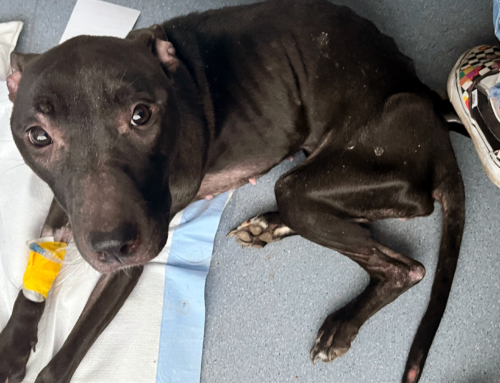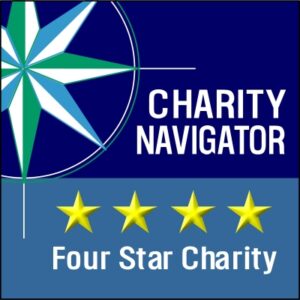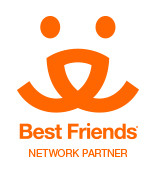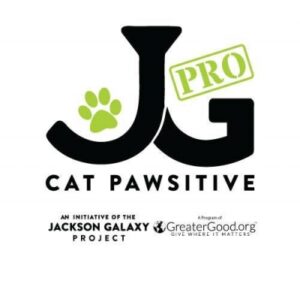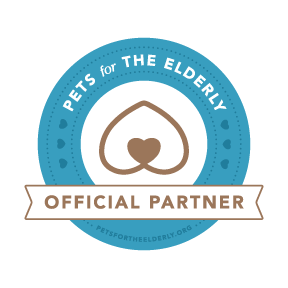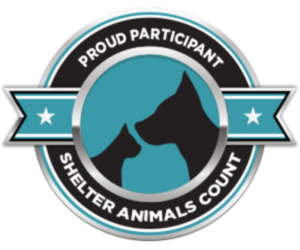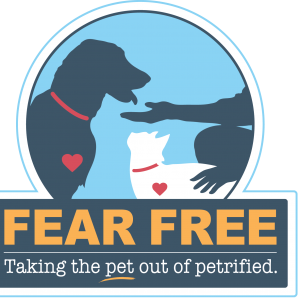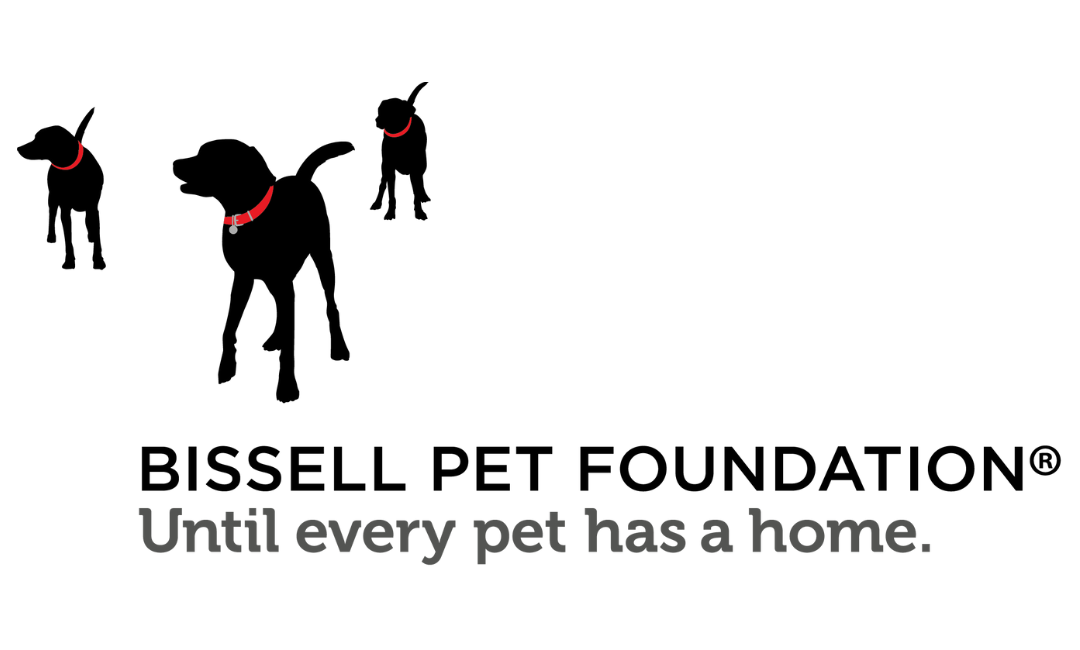Here are some facts about the threat that lead toxicity poses to wildlife
• Lead toxicity is caused by humankind. Wild animals are at risk of lead exposure when they ingest lead sources such as discarded fishing tackle or spent ammunition.
• Birds and fish are at the greatest risk. Animals that naturally eat grit or seeds can mistake small lead fragments for natural parts of their diet. The lead they ingest is then passed on to the animals that eat them, like the bald eagles treated at HARP’s Wildlife Rehabilitation Center.
• Treatment for lead toxicity is costly and complex. Chelation treatment is the best tool rehabbers have for fighting lead toxicity. This is a complicated process during which multiple medications and vitamins are used in conjunction with one another; working together, they bind the lead in the patient’s body into a compound that can be excreted through urine. Chelation treatment can be a lengthy process, and patients must undergo regular testing until they are lead-free. Each patient requires months of laborious, expensive care.
• Preventing lead toxicity is the best way to save lives. The truth is, wildlife rehabilitators can’t save every animal. Responsibly disposing of lead and picking up debris left by fishing, hunting, and other outdoor activities is far more effective than trying to individually care for the millions of wild animals exposed to lead each year. By cleaning up after yourself in nature and removing litter from habitats, you have the power to protect wildlife.
• Lead toxicity is affecting animals all around us. If you encounter a wild bird that appears sluggish, droopy, or unable to move, please contact HARP’s Wildlife Rehabilitation Center Helpline at 412-345-7300 ex. 500

